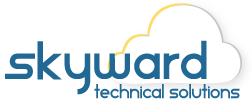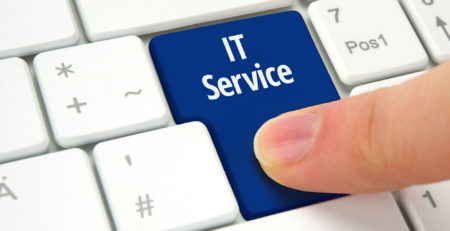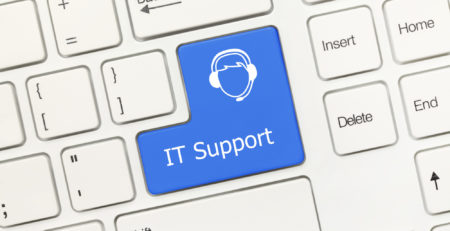Effective Strategies for Managing IT Assets and Inventory
Managing IT assets and inventory is crucial for small businesses to ensure smooth operations, minimize downtime, and optimize resources. As an IT-managed service provider in Southern California, you understand the unique challenges small businesses face. Here are some effective strategies to help your clients manage their IT assets and inventory efficiently.
Implementing an IT Asset Management (ITAM) system is the cornerstone of effective asset management. This system helps track and manage IT assets throughout their lifecycle, maintaining an accurate inventory, tracking asset performance, and ensuring compliance with licensing agreements. Investing in a robust ITAM system that offers features like automated tracking, reporting, and integration with other business systems can significantly streamline asset management processes.
Regular audits and inventory checks are vital to ensure the accuracy of asset records. Scheduling periodic audits to verify the physical presence of assets, update records, and identify any discrepancies helps prevent asset loss, theft, and unauthorized usage. This practice ensures that your clients’ asset records are always up-to-date and accurate.
Maintaining a centralized repository for all IT assets can further streamline management processes. This repository should include detailed information about each asset, such as purchase date, warranty status, maintenance history, and user assignments. A centralized system ensures that all stakeholders have access to up-to-date information, facilitating better decision-making.
Automation can significantly enhance the efficiency of asset management. Utilizing barcode or RFID technology to automate the tracking of IT assets reduces manual errors, saves time, and provides real-time visibility into asset locations and statuses. Automated tracking also simplifies the process of conducting audits and generating reports.
Effective lifecycle management involves tracking assets from procurement to disposal. Establishing clear policies for each stage of the asset lifecycle, including acquisition, deployment, maintenance, and retirement, ensures that assets are utilized optimally and replaced or upgraded at the right time. Proper lifecycle management helps your clients maximize the value of their IT investments.
Managing software licenses is another critical aspect of IT asset management. Ensuring that your clients have a system in place to track software licenses, monitor usage, and ensure compliance with licensing agreements helps avoid legal issues and optimize software costs. Regular maintenance and updates are essential to keep IT assets in optimal condition. Developing a maintenance schedule that includes routine checks, software updates, and hardware upgrades minimizes the risk of unexpected failures and extends the lifespan of assets.
Proper disposal and recycling of IT assets are crucial for data security and environmental sustainability. Following best practices for data wiping and secure disposal of obsolete equipment ensures that disposed assets are handled responsibly. Partnering with certified e-waste recycling companies can help your clients manage this process effectively.
Educating employees about the importance of IT asset management can significantly improve compliance and reduce risks. Conducting regular training sessions to inform staff about asset management policies, proper usage, and reporting procedures ensures that everyone is on the same page. An informed workforce is more likely to adhere to best practices and contribute to effective asset management.
Finally, utilizing cloud-based solutions offers flexibility, scalability, and accessibility. Encouraging your clients to consider cloud-based ITAM systems that provide real-time updates, remote access, and integration with other cloud services can enhance collaboration and streamline asset management processes.
Effective IT asset and inventory management is essential for small businesses to maintain operational efficiency and control costs. By implementing these strategies, your clients can optimize their IT resources, reduce risks, and ensure compliance with industry standards. As an IT-managed service provider, you play a crucial role in guiding your clients towards best practices and helping them achieve their business goals.











Leave a Reply